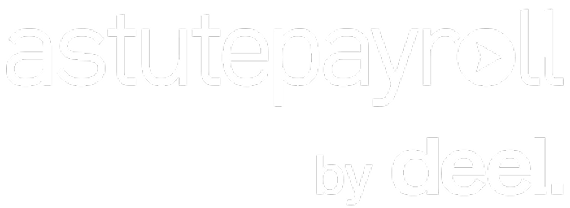What is a Noindex Tag?
A “noindex tag” is an on-page directive that tells search engines not to index a specific page, preventing it from appearing in search results. This is one way to block search engines from indexing content on your website.
The term “tag” typically refers to the meta tag placed within the <head> section of an HTML page. However, you can also use the HTTP response header with the X-Robots-Tag to achieve the same result.
Here’s an example of the common method, using the “noindex” meta tag within the <head> section:
<!DOCTYPE html> <html> <head> <meta name="robots" content="noindex" /> </head> </html>
Alternatively, you can apply the X-Robots-Tag in the HTTP header, which is particularly useful for non-HTML files like PDFs, videos, or images:
HTTP/1.1 200 OK X-Robots-Tag: noindex
This allows you to control indexing for various resources beyond standard web pages.
Importance of The Noindex Tag
The “noindex” tag is important for keeping certain pages and resources out of search engine results. This can be helpful for pages like “thank you” pages, ad landing pages, thin or low-quality content, blog archives, author and tag pages, and login pages.
However, incorrectly using the “noindex” tag can negatively impact your website’s visibility. For example, accidentally applying it to important pages you want to rank could prevent them from appearing in search results, harming your site’s performance.
Best Practices for Using “Noindex”
If you’ve decided that certain pages on your site should be “noindexed,” here are some best practices to follow:
Ensure the Page is Not Blocked in Robots.txt
Search engines can still index pages blocked in the robots.txt file. While the content won’t be crawled, search engines may still include the page in their index. For the “noindex” directive to work, Google must be able to crawl the page, so make sure it’s accessible to crawlers.
Long-Term “Noindex” Converts to “Nofollow”
Over time, Google will treat pages with the “noindex” tag as “nofollow,” meaning they will no longer pass link equity to other pages. As John Mueller from Google has explained, when a page remains “noindexed” for an extended period, it is removed entirely from the index, and any links on that page are no longer crawled. This effectively makes “noindex, follow” behave the same as “noindex, nofollow” over time. The exact duration for this change is unclear and can vary.
Avoid Using “Noindex” for Duplicate Content
Using “noindex” to handle duplicate content isn’t ideal. Instead, use canonical tags to consolidate duplicate pages. Canonicalisation tells search engines to index only the main version of a page while consolidating link signals from other versions, boosting the authority of the canonical page.
Regularly Monitor Your Website for SEO Issues
It’s important to regularly audit your website for SEO issues to avoid accidental “noindex” tags that could lead to traffic losses. You can use tools like Ahrefs’ Site Audit or SEMrush’s Site Audit to keep track of your site’s SEO health and quickly address any indexing issues.










